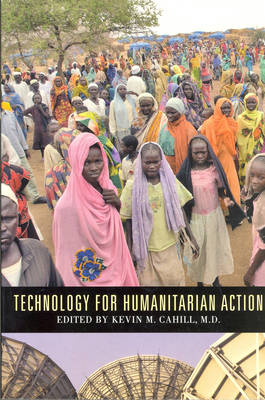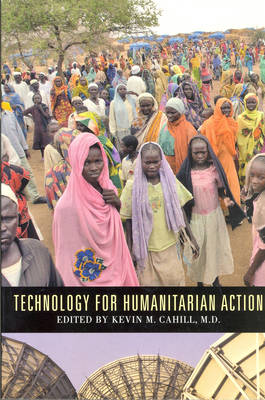
- Retrait gratuit dans votre magasin Club
- 7.000.000 titres dans notre catalogue
- Payer en toute sécurité
- Toujours un magasin près de chez vous
- Retrait gratuit dans votre magasin Club
- 7.000.000 titres dans notre catalogue
- Payer en toute sécurité
- Toujours un magasin près de chez vous
Technology for Humanitarian Action
103,45 €
+ 206 points
Description
Humanitarian workers around the world struggle under dangerous conditions. Yet many do not have the technological tools readily available elsewhere to help them realize their mission to provide essential services and save lives.
This book, the fruit of a historic conference, is a practical guide to current technologies that can help relief and humanitarian aid workers succeed. Designed to facilitate needed technology transfer to the humanitarian sector, the essays focus on areas where technology is underused and predict where new technological advances may be applied to relief efforts. The essays cover essential areas: communications technology and infrastructure support and security. They describe how such technologies as personal identification and tagging systems, software radios, wireless networks, and computer-aided language translation can promote safety and manage large groups of people. Other essays outline new technological solutions to such challenges as mine removal, water purification, and energy generation. The contributors are: Kevin M. Cahill, Frank Fernandez, C. Kumar Patel, Paul J. Kolodzy, Joseph Mitola III, Victor Zue, Jaime G. Carbonell, Stephen Squires, Joseph V. Braddock, Arthur L. Lerner-Lam, Ralph James, William L. Warren, and Regina E. Dugan.Spécifications
Parties prenantes
- Editeur:
Contenu
- Nombre de pages :
- 334
- Langue:
- Anglais
- Collection :
- Tome:
- n° 4
Caractéristiques
- EAN:
- 9780823223930
- Date de parution :
- 01-10-04
- Format:
- Livre relié
- Format numérique:
- Genaaid
- Dimensions :
- 163 mm x 235 mm
- Poids :
- 657 g






